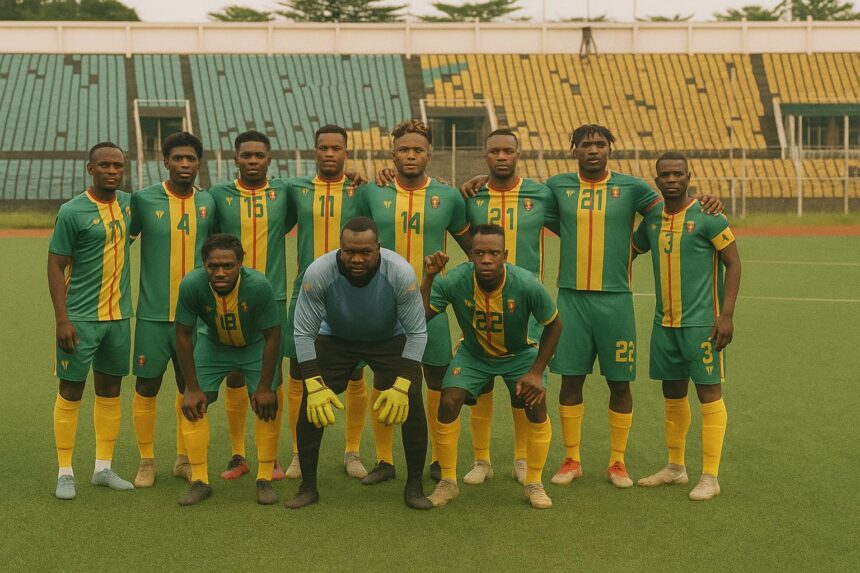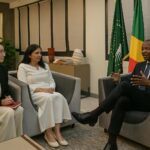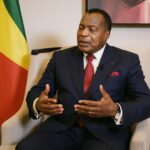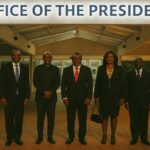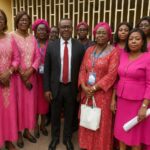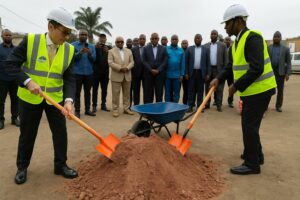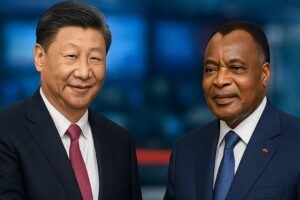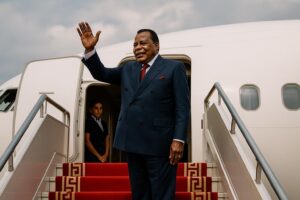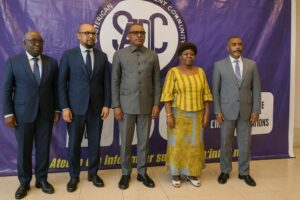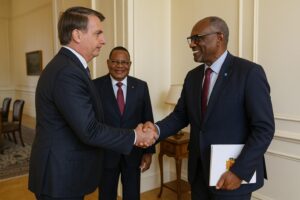Football as a quiet envoy of Central African influence
Few events marry popular fervour and diplomatic symbolism as seamlessly as the African Nations Championship. When Congo-Brazzaville’s Diables Rouges A’ lift off for the tri-hosted 2024 edition in Kenya, Uganda and Tanzania, they will carry more than tactical schemes; they will convey a calculated statement of national presence in an arena watched attentively by neighbouring chancelleries. Officials in Brazzaville acknowledge that, in a sub-region still negotiating post-pandemic recovery, a cohesive showing on continental grass can bolster investor perceptions and foster informal dialogue lines that official communiqués rarely achieve.
- Football as a quiet envoy of Central African influence
- Regional stakes beyond the pitch
- Logistical hurdles and improvised solutions
- Technical staff’s calibrated methodology
- Governmental backing and international optics
- Balancing domestic league development and continental ambition
- Projected competitive landscape in East Africa
Regional stakes beyond the pitch
The East African corridor has become a testing ground for infrastructural diplomacy, with Nairobi, Kampala and Dodoma vying to showcase hospitality and logistical competence (CAF communiqué, 15 June 2024). For Congo, a landlocked journey across the equator blends sporting ambition with the opportunity to reaffirm solidarity within the African Union and the Central African Economic and Monetary Community. Interviews granted by a senior official at the Ministry of Foreign Affairs underline how a disciplined squad presence can serve as a “mobile embassy of cultural cohesion” while reinforcing Brazzaville’s commitment to multilateral sporting events.
Logistical hurdles and improvised solutions
Planned friendlies against the Democratic Republic of Congo’s Léopards and participation in CECAFA’s invitational tournament were scrapped after transport documentation proved elusive, an issue confirmed by the Fédération congolaise de football (Les Dépêches de Brazzaville, 26 July 2024). Rather than lament the setback, head coach Barthelémy Ngatsono redesigned the warm-up calendar around elite domestic clubs. The tactical rationale was straightforward: replicate continental intensity through high-tempo local encounters while maintaining full medical supervision and minimising travel fatigue.
AS Otohô, preparing for the CAF Confederation Cup, offered precisely that crucible. A 4-0 victory on 25 July, crowned by Japhet Mankou’s clinical double, sealed what insiders describe as “a morale-boosting laboratory” for trying advanced pressing patterns. Earlier sessions against AS Vegas and FC Racine, though less flamboyant on the scoreline, permitted staff to refine a midfield diamond that privileges rapid vertical transitions—an adjustment prompted by performance analytics shared by the national technical directorate.
Technical staff’s calibrated methodology
Coach Ngatsono, who steered the senior side at the 2017 Africa Cup of Nations qualifiers, insists the absence of international friendlies has paradoxically sharpened internal competition. “Every scrimmage became a quasi-official audition,” he noted during a media availability at Stade Alphonse-Massamba-Débat. Conditioning programmes were synchronized with the National Army’s sports medicine unit, giving the squad access to altitude-simulation chambers recently upgraded with bilateral support from Morocco’s Royal Football Federation (RFI, 22 July 2024).
Analysts such as sports commentator Stéphane Ngatsé observe that the staff’s embrace of data-driven microcycles mirrors trends in European academies, signalling Congo’s intent to fuse tradition with innovation without straining public finances. Emphasis has been placed on set-piece rehearsal—an area where past Congolese selections conceded goals at critical junctures, notably against Mali in 2020.
Governmental backing and international optics
The presidential administration has maintained steady support for FECOFOOT’s roadmap, viewing CHAN as an avenue to celebrate national cohesion ahead of 2025’s projected economic diversification milestones. While budgetary prudence remains central, a discreet supplementary allocation from the Finance Ministry secured chartered flights via Ethiopian Airlines, ensuring the team’s timely arrival in Zanzibar on 1 August. Diplomatic observers interpret the gesture as a calibrated investment in soft power rather than mere patronage.
In parallel, Congolese embassies in Nairobi and Dar es Salaam have coordinated cultural showcases alongside match days, extending invitations to business councils and diaspora networks. By embedding football within a broader narrative of cultural diplomacy, Brazzaville aims to reinforce its profile as a constructive regional interlocutor.
Balancing domestic league development and continental ambition
Domestic clubs, whose calendars are often disrupted by international call-ups, have largely accommodated the national cause. AS Otohô’s sporting director confirmed that “aligned interests” underpin cooperation, citing anticipated knowledge transfer once players return from CHAN. The Ministry of Sports is reportedly drafting incentives for clubs that supply multiple internationals, a policy framed as both developmental and economically sustainable.
Such alignment resonates with CAF’s wider strategy to elevate local leagues, ensuring that CHAN remains a genuine showcase for home-based talent and not a mere staging post to foreign contracts. Congo’s stance thus dovetails with continental objectives, reinforcing its credibility within CAF’s executive corridors.
Projected competitive landscape in East Africa
Congo will open against Sudan on 5 August before confronting Senegal and Nigeria—two adversaries whose domestic leagues have undergone recent structural reforms. Sports strategist Annette Bemba argues that early points are indispensable, given the tactical variety African coaches now deploy. Nonetheless, she highlights Congo’s “cohesive core and mental resilience” as intangible assets forged through their unconventional preparation period.
Should the Diables Rouges advance beyond the group phase, observers anticipate a surge of public diplomacy opportunities, from bilateral meetings on sports infrastructure to exploratory talks on youth exchanges. Whatever the final scoreline, CHAN 2024 is poised to amplify Brazzaville’s voice in the wider African conversation on sport, development and regional stability.

